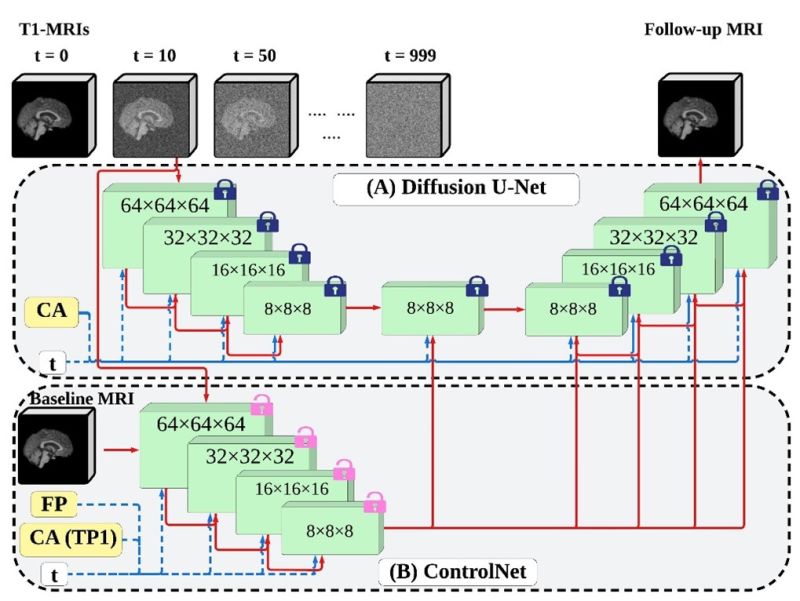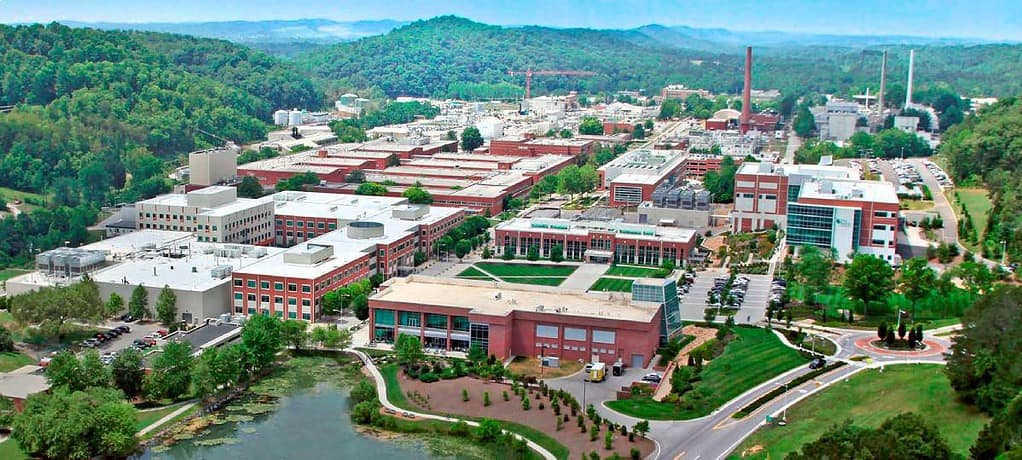A key innovation lies in integrating machine learning with the imaging process. “The large-area AFM provides researchers with large-scale, high-resolution views of biofilms,” said Sita Sirisha Madugula, a postdoctoral researcher in ORNL’s Data Nanoanalytics group and co-author of the study. “The integration of machine learning allows us to extract meaningful quantitative data from these massive datasets.” The team automatically analyzed more than 19,000 individual cells to generate detailed maps of cell properties across extensive surface areas, revealing that bacteria align in honeycomb-like patterns, interconnected by flagella — hair-like appendages that may help with initial attachment and growth.
“Though the biological role of these patterns is still under investigation, they likely play a part in strengthening biofilm cohesion and adaptability,” Collins said.
To further probe biofilm dynamics, the team tested engineered surfaces with nanoscale ridges — features thousands of times thinner than a human hair. They found that specific patterns could disrupt normal biofilm formation, offering potential strategies for designing antifouling surfaces that resist bacterial buildup.
Published in npj Biofilms and Microbiomes, the research marks a significant leap forward in biofilm science. It is supported by the DOE Office of Science through the Biopreparedness Research Virtual Environment, or BRaVe, initiative, which explores interactions between living systems and materials.
“This collaboration shows what’s possible when scientists from different disciplines come together,” said Scott Retterer, CNMS director and principal investigator for BRaVE. “The advanced tools we’re developing are essential for understanding how organisms interact with materials — a key step to identifying surface properties that resist biofilm formation, which has important applications from healthcare to food safety.”
The work also benefited from partnerships with the Bredesen Center for Interdisciplinary Research and the University of Tennessee-Oak Ridge Innovation Institute, which contributed to refining the computational algorithms used in the study.
UT-Battelle manages ORNL for DOE’s Office of Science, the single largest supporter of basic research in the physical sciences in the United States. DOE’s Office of Science is working to address some of the most pressing challenges of our time. For more information, visit energy.gov/science. — Scott Gibson


